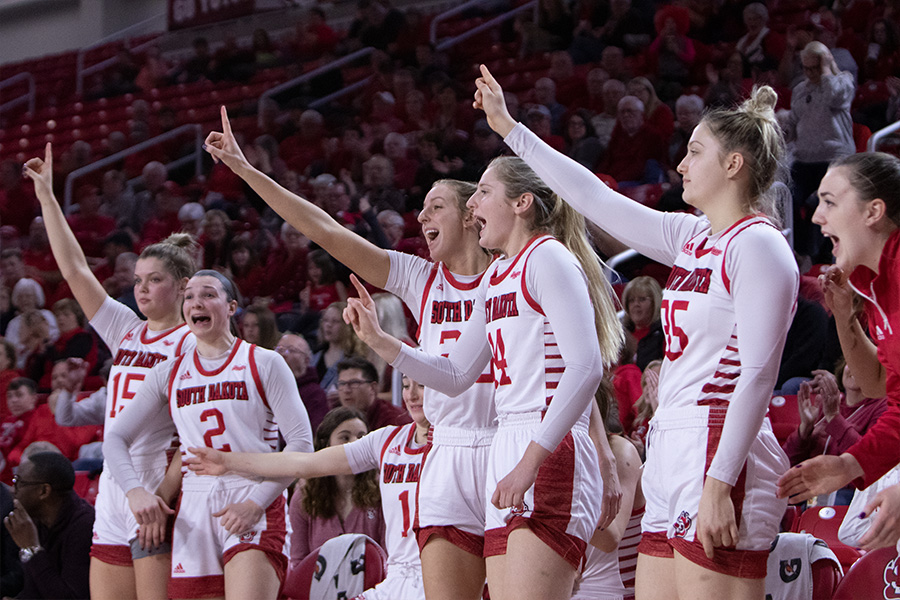Excerpts From Recent South Dakota Editorials
Editors: Please note that The Associated Press welcomes editorial contributions from members for the weekly Editorial Roundup. Three editorials are selected every week. Contributions can be made by email at [email protected].
___
Rapid City Journal, Rapid City, June 18, 2015
County right to reject mine company’s request
Pennington County Commissioners made the right decision when they unanimously rejected a company’s request to rezone 145 acres to pave the way for a limestone mine in the shadow of Mount Rushmore National Memorial.
Croell Redi-Mix, which is based in Bettendorf, Iowa, had asked the five commissioners to change the zoning designation from general agriculture to heavy industrial for a large mine along Highway 16, a road to Mount Rushmore that has been taken by millions of tourists over the years.
The company, however, still intends to seek a mining permit although it has become a much more difficult route to get the approval needed to take one of the most beautiful parts of South Dakota and turn it into a dusty pit where limestone, an abundant mineral, is extracted to make concrete
Croell Redi-Mix now has to go through a process that requires neighbors and stakeholders to be notified about their plans and be given the opportunity to testify about how a limestone mine would affect the area’s water supply, air quality and traffic safety as well as raising concerns about the noise that comes with the blasts needed to mine limestone.
At this time, however, it is impossible to determine precisely how the operation would look or operate until the mining permit is filed. When a Journal reporter contacted Joel Croell, the local owner of the company who works out of Sundance, Wyo., he refused to discuss the proposed mine, which makes one wonder what kind of neighbor his company would be.
Aside from the environmental and public safety concerns, a mine at that location could do real damage to western South Dakota’s number one industry: tourism.
Federal, state and local governments and scores of private businesses have invested millions of dollars over the years to create and preserve one of the most iconic symbols of democracy in the nation if not the world. Mount Rushmore officials have estimated that as many as 3 million visitors a year come to admire the granite faces of George Washington, Thomas Jefferson, Abe Lincoln and Theodore Roosevelt in the natural splendor of the Black Hills.
If this company does get a mining permit it likely would undermine all the efforts made over the years to make Mount Rushmore the state’s poster child of tourism. Instead of raving about their Black Hills experience, tourists might instead wonder why South Dakota does not show more respect for its top tourist attraction.
The county’s planning commission will review the mining permit and has the authority to reject or approve it. If they reject it, the company can appeal that decision to the county commission. Let’s hope that county commissioners stand their ground and reject the appeal if it comes to that.
There are many places to mine limestone, but there is only one Mount Rushmore.
___
Capital Journal, Pierre, June 23, 2015
Plains folk know what the wind is
Here in the Dakotas, we like to tell ourselves that we have perhaps the greatest wind resource in America. Someone in one Dakota or the other is always parroting the line that we are “the Saudi Arabia of wind.” That sounds great as long as we are talking about wind turbines spinning placidly and generating electricity on summer days when there is a steady breeze blowing.
The other side of the weather vane, though, is what we experienced this past weekend. After a respectable bit of a blow in the early hours of Saturday morning, when the wind in Pierre hit 61 mph, the National Weather Service said a measurement showed wind exactly twice that high just a few miles west, at Hayes — 122 mph winds early Monday morning.
Yes, there is much to clear up after the perfect storm of the other night left us a perfect mess.
But there’s something to be said for having weathered the very worst weather the country can throw at us; and this may have been that.
State Climatologist Dennis Todey at South Dakota State University tells us there isn’t actually a formal state record for the highest wind speed ever recorded in South Dakota, in part because equipment varies and even the way the equipment is set up can skew data. But he said given there are probably fewer than 10 instances in which a site has recorded wind speeds greater than 100 mph. Given the extent of the damage around Hayes, a wind speed of 122 mph is plausible, Todey said — but it remains another “informal record” of a weather phenomenon whose extremes are extremely hard to measure.
And to put it in perspective, Todey adds, very large tornadoes can generate wind speeds of 200 mph or greater.
If you love the Great Plains, chances are you love the wind, too — or maybe only stand amazed at it and respect it. It’s part of what makes this place what it is.
___
The Daily Republic, Mitchell, June 22, 2015
Good news and concern with increase in pheasants
Maybe we’re being overly hopeful, but it sure seems there are more pheasants running around this year.
The South Dakota Game, Fish and Parks Department says early reports are starting to come in, and it appears there will be an increase in the state’s pheasant population this year. That’s partially because of a mild winter and a spring that has been uneventful, meaning temperatures were not too hot or too cold and there was not an abundance or complete lack of rainfall.
More pheasants on the ground is obviously great news for hunters, both residents and nonresidents. To hear there should be more opportunities come the October pheasant opener is exciting.
A few years back, our state saw a significant decline in pheasant numbers, and we had what could be considered tougher hunting. During those years, small game license sales dipped and fewer nonresidents trekked to our state to chase birds.
This presumably will be the second straight year of an increase in the statewide pheasant population after last year saw an increase of 76 percent. So we foresee word getting out and more people visiting South Dakota to hunt.
And that’s good news for the economy. Many of the small-town cafes, motels and gas stations thrive from October until the end of pheasant season. That allows for more jobs locally, and keeps our communities strong.
But while there’s plenty of positives for South Dakota that go along with an increase in the pheasant population, a concern is people may start to believe the count is based solely on Mother Nature rather than considering habitat’s influence on the birds.
We simply cannot control Mother Nature, but what we can control is the amount of habitat on the ground for the birds so they can better manage extreme weather conditions.
We must remember that these short-term swings in pheasant numbers are largely influenced by weather patterns, but the long-term statistics say that bird numbers will drop as more and more habitat is removed.
It’s wonderful to hear the pheasant population will likely be on the rise this year, but that’s a snapshot in time. For South Dakotans to enjoy the rich tradition of pheasant hunting for decades in the future, we’re going to have to keep thinking about the big picture, and continue to find ways to fund habitat.


